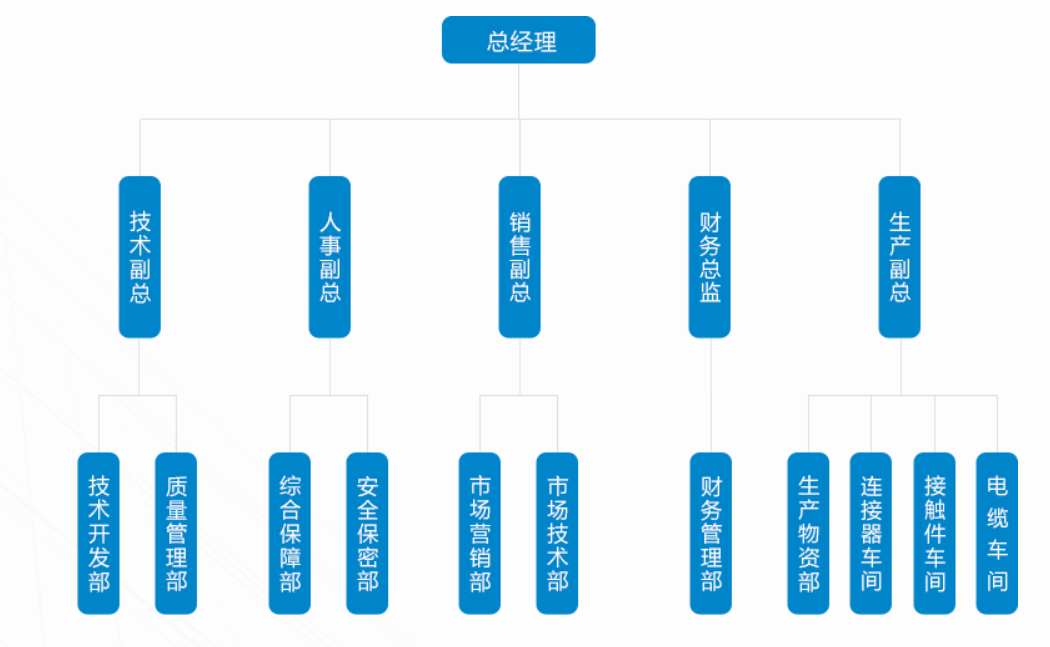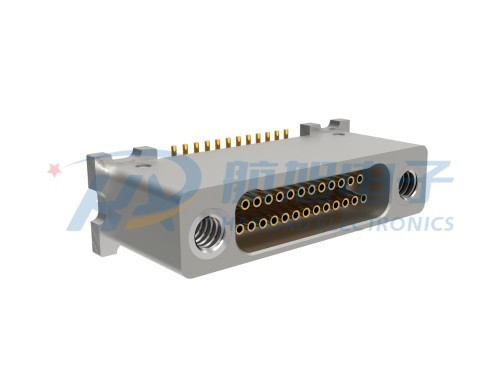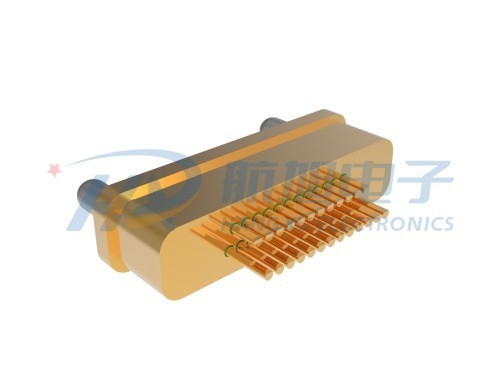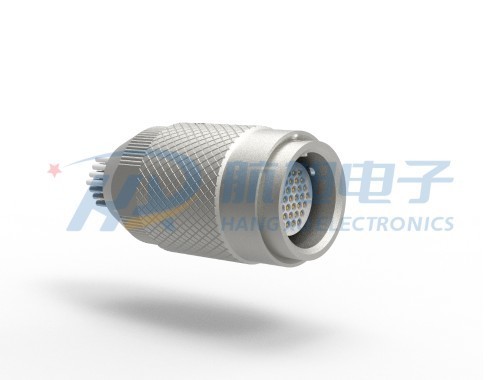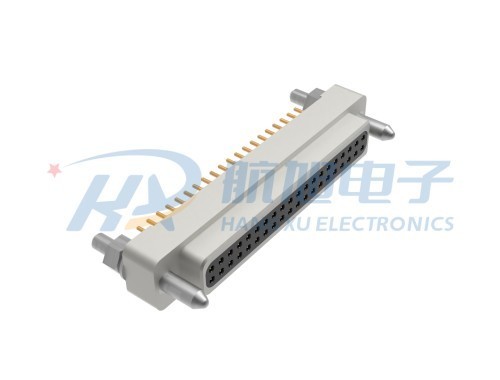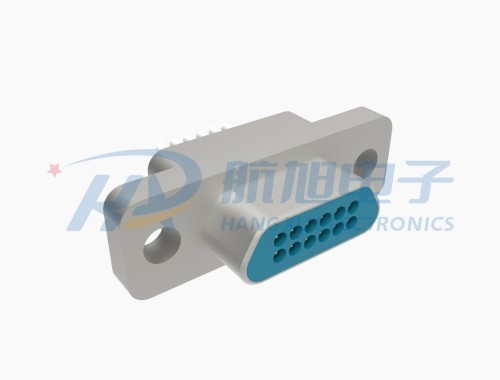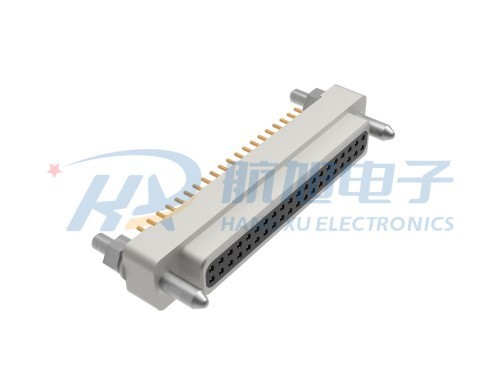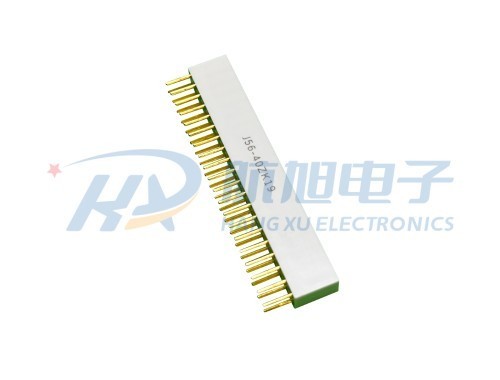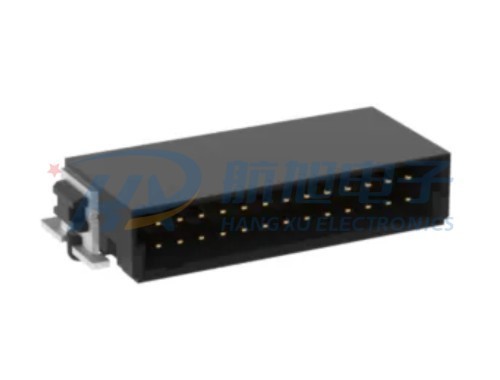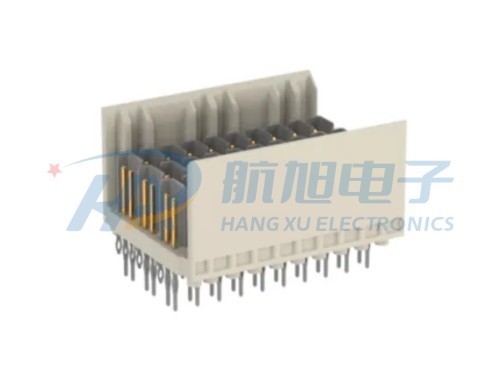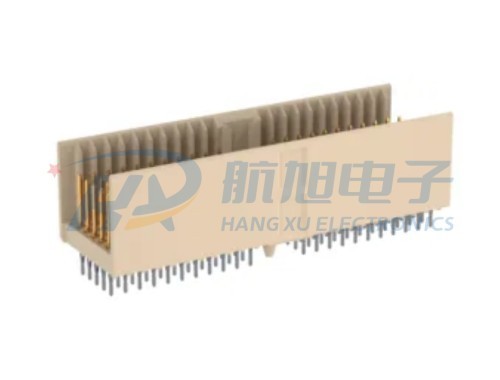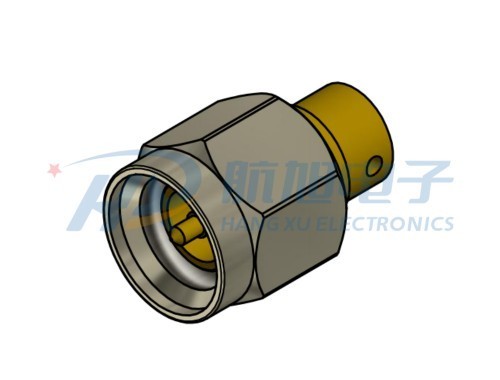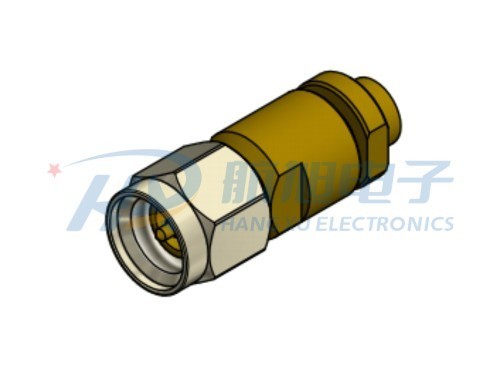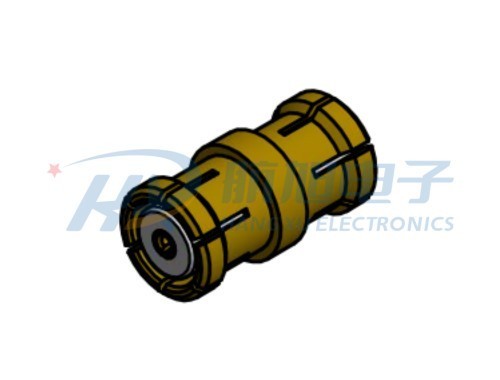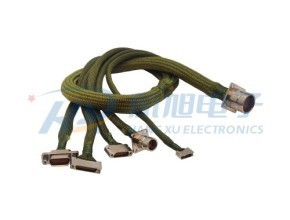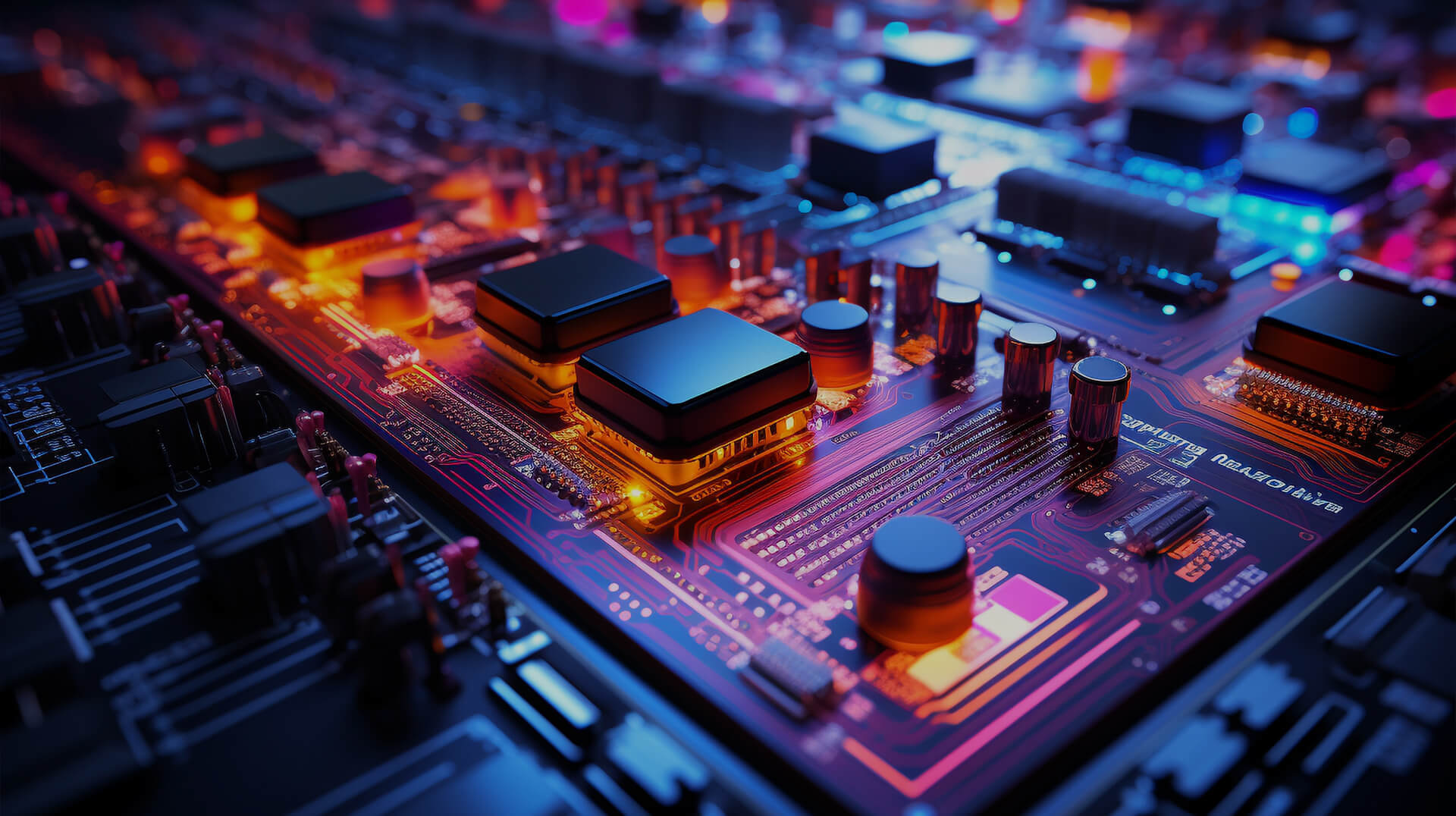-
-
Nano-D ConnectorsMicro-D ConnectorsNano Circular ConnectorsMicro Circular ConnectorsHigh Speed ConnectorsReetangular ConnectorsPCB Mount ConnectorsAirtight ConnectorsRF ConnectorsCable AssembliesElectronic Control Module
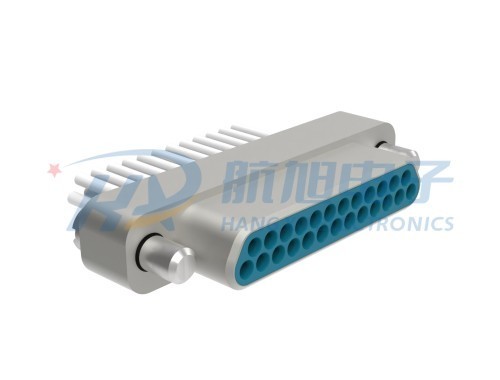 J30JZ Compact Micro-D Connectors
J30JZ Compact Micro-D Connectors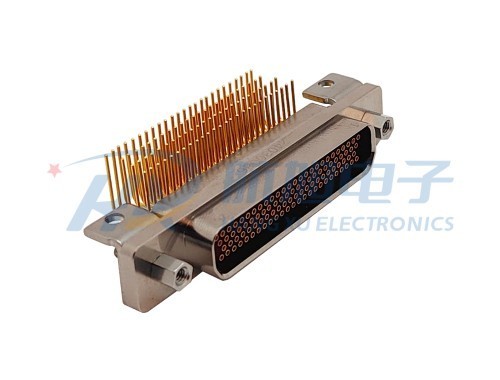 J30J Micro-D Connectors
J30J Micro-D Connectors J20J Micro-D Connectors
J20J Micro-D Connectors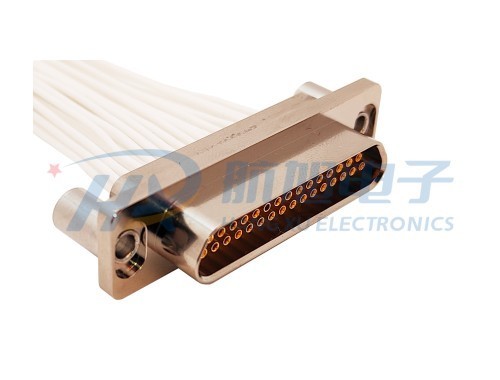 J29A Micro-D Connectors
J29A Micro-D Connectors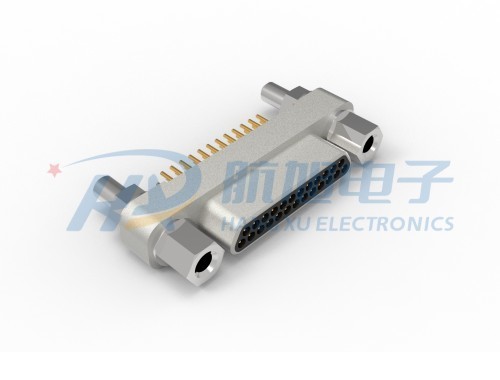 MDM1 Micro-D Connectors
MDM1 Micro-D Connectors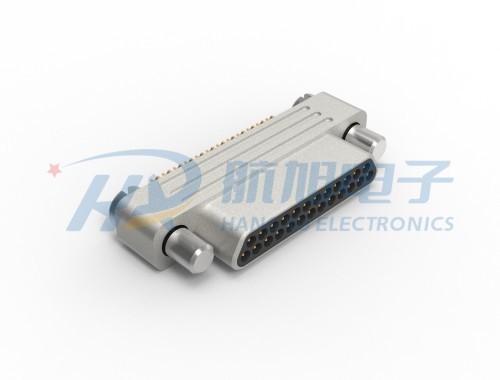 MDC1 Micro-D Electrical Connector
MDC1 Micro-D Electrical Connector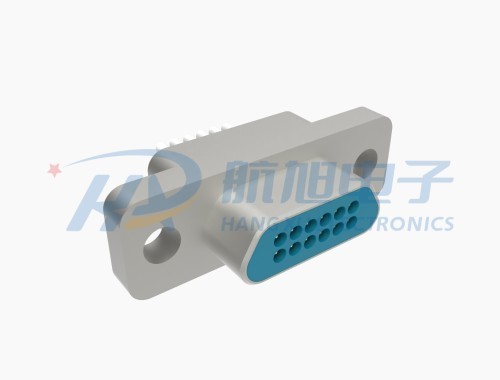 HJ30J High-Speed Micro-D Connectors
HJ30J High-Speed Micro-D Connectors J30JM Hermetic Sealed Micro-D Connectors
J30JM Hermetic Sealed Micro-D Connectors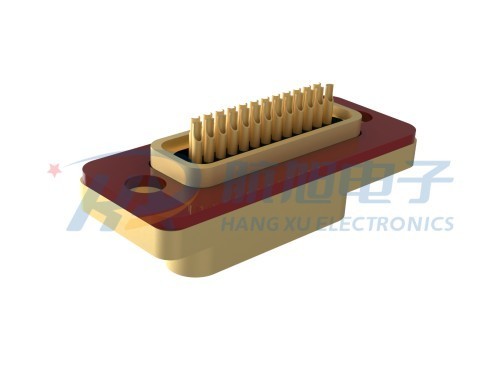 J30JM1 Gas Sealed Micro-D Connectors
J30JM1 Gas Sealed Micro-D Connectors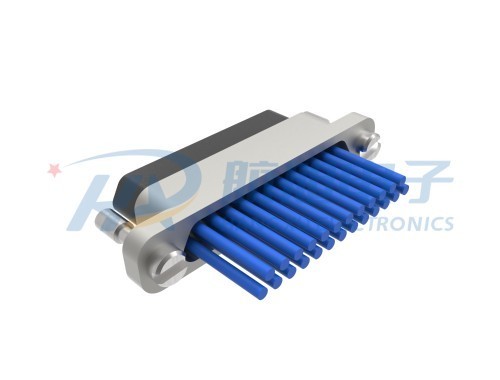 J30JB Micro-D Connectors
J30JB Micro-D Connectors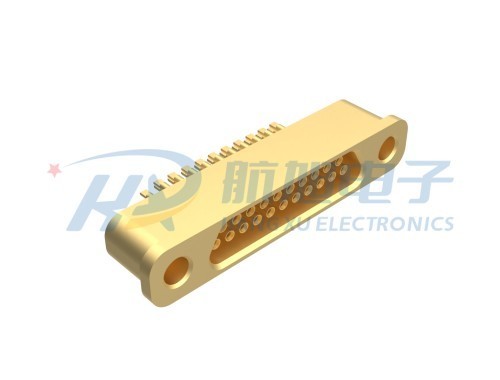 J30JMI Gas Sealed Micro-D Connectors
J30JMI Gas Sealed Micro-D Connectors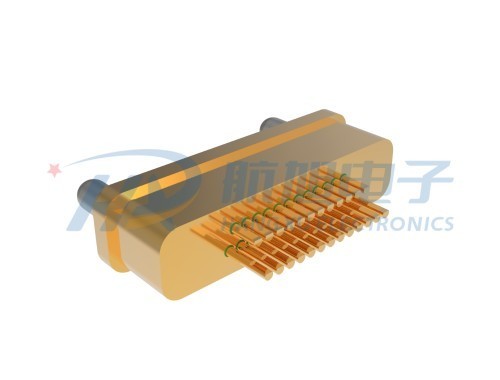 J63AM Micro Electrical Connector
J63AM Micro Electrical Connector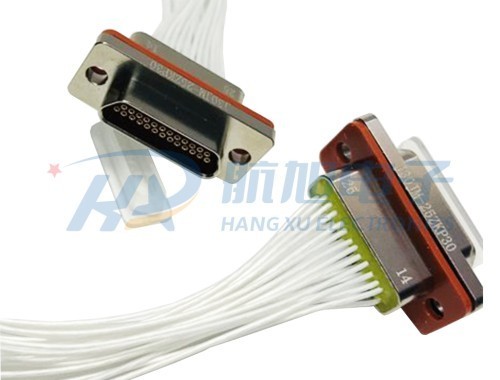 J30JM Hermetic Sealed Micro-D Connectors
J30JM Hermetic Sealed Micro-D Connectors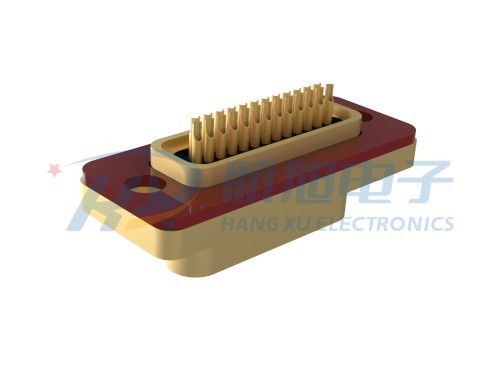 J30JM1 Gas Sealed Micro-D Connectors
J30JM1 Gas Sealed Micro-D Connectors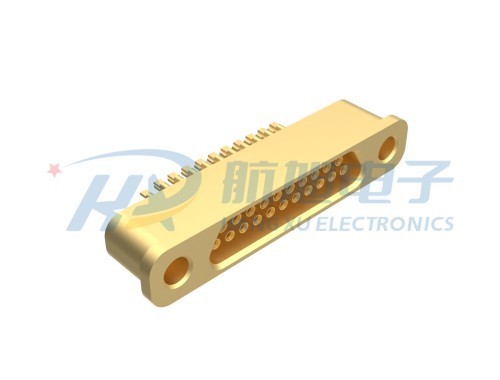 J30JMI Gas Sealed Micro-D Connectors
J30JMI Gas Sealed Micro-D Connectors DC Single Core Insulator
DC Single Core Insulator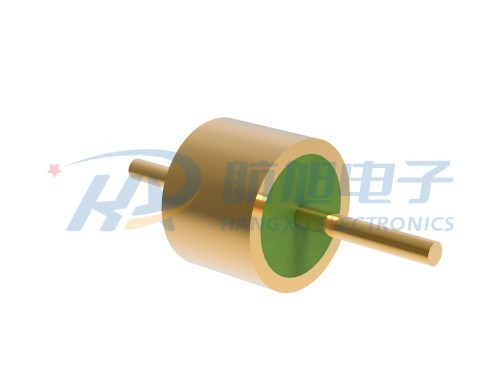 DC insulator series
DC insulator series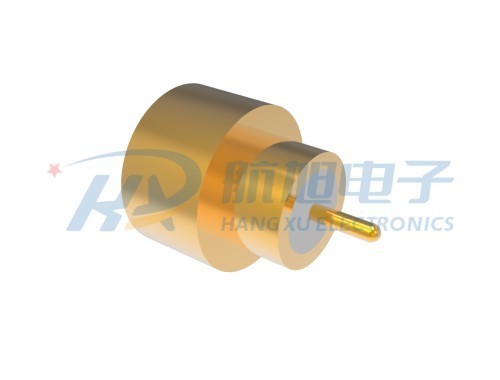 SMP(M)
SMP(M)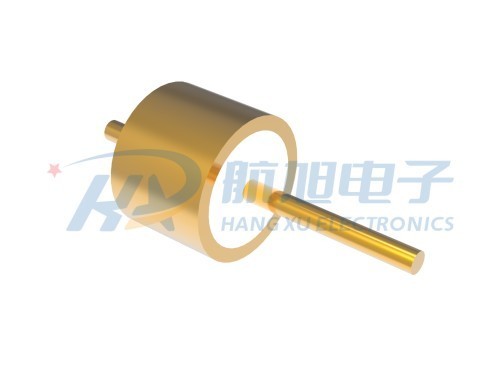 RF insulator
RF insulator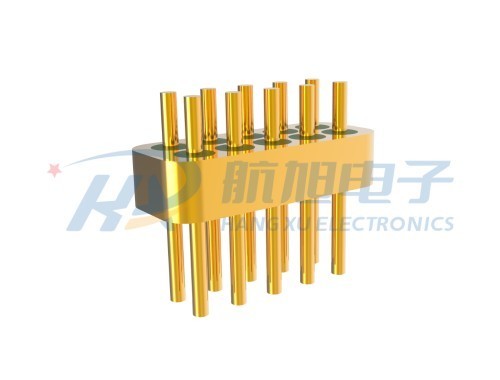 MDCS tandem
MDCS tandem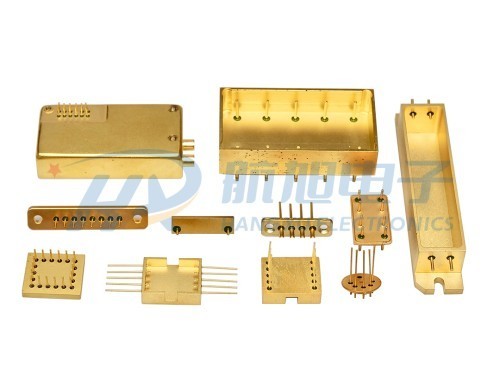 Metal sealing
Metal sealing -
-
Hangxu electronic Technology
In 2022, it was recognized as a high-tech enterprise by Guizhou Province
Understanding RF Coaxial Cable Connectors: Key Features and Applications
2025-07-14
RF coaxial cable connectors play a critical role in the transmission of radio frequency signals, making them an essential component in various applications, from telecommunications to broadcasting. These connectors are designed to maintain the integrity of the signal while minimizing interference and signal loss. Understanding their characteristics can help you choose the right connector for your needs.
One of the primary features of RF coaxial cable connectors is their ability to provide a secure electrical connection. They are designed to accommodate the unique impedance characteristics of coaxial cables, typically 50 or 75 ohms. Using the correct impedance ensures maximum power transfer and reduces the risk of reflections that can lead to signal degradation.
There are several types of RF coaxial cable connectors, each suited for specific applications. Some of the most common types include BNC, TNC, N-type, and SMA connectors. BNC connectors are widely used in video applications and are known for their bayonet coupling mechanism, which allows for quick and secure connections. TNC connectors, on the other hand, feature a threaded coupling that provides greater durability and is often used in higher frequency applications.
N-type connectors are robust and can handle high power levels, making them suitable for outdoor and industrial applications. Meanwhile, SMA connectors are preferred for their compact size and are commonly used in wireless communication devices. Each of these connectors has unique characteristics, making them ideal for specific environments and performance requirements.
When selecting RF coaxial cable connectors, it's essential to consider factors such as frequency range, power rating, and environmental conditions. For instance, connectors used in outdoor applications should be weather-resistant to ensure longevity and reliability. Additionally, the choice of materials, such as brass or stainless steel, can impact the connector's performance and durability.
In summary, RF coaxial cable connectors are vital components in the transmission of radio frequency signals. Their ability to provide secure connections while minimizing signal loss makes them indispensable in various industries. By understanding the different types of connectors and their specific applications, you can make informed decisions to enhance the performance of your electrical and telecommunications systems.
One of the primary features of RF coaxial cable connectors is their ability to provide a secure electrical connection. They are designed to accommodate the unique impedance characteristics of coaxial cables, typically 50 or 75 ohms. Using the correct impedance ensures maximum power transfer and reduces the risk of reflections that can lead to signal degradation.
There are several types of RF coaxial cable connectors, each suited for specific applications. Some of the most common types include BNC, TNC, N-type, and SMA connectors. BNC connectors are widely used in video applications and are known for their bayonet coupling mechanism, which allows for quick and secure connections. TNC connectors, on the other hand, feature a threaded coupling that provides greater durability and is often used in higher frequency applications.
N-type connectors are robust and can handle high power levels, making them suitable for outdoor and industrial applications. Meanwhile, SMA connectors are preferred for their compact size and are commonly used in wireless communication devices. Each of these connectors has unique characteristics, making them ideal for specific environments and performance requirements.
When selecting RF coaxial cable connectors, it's essential to consider factors such as frequency range, power rating, and environmental conditions. For instance, connectors used in outdoor applications should be weather-resistant to ensure longevity and reliability. Additionally, the choice of materials, such as brass or stainless steel, can impact the connector's performance and durability.
In summary, RF coaxial cable connectors are vital components in the transmission of radio frequency signals. Their ability to provide secure connections while minimizing signal loss makes them indispensable in various industries. By understanding the different types of connectors and their specific applications, you can make informed decisions to enhance the performance of your electrical and telecommunications systems.
Related Documents
Related News
Hotline/WhatsApp:+86-185-8685-2255
Hotline:
Address: No. 6, Xiaomeng Industrial Park, Economic Development Zone, Guiyang City, Guizhou, China

Official Website

WeChat Customer Service
SAF Coolest v1.3 设置面板 TUQSD-ZDBH-ZXSSE-ASE
图片ALT信息: Guizhou Hangxu Electronic Technology
违禁词: First, best, first-class, leading, unique, king, leader, leader, extreme,
无数据提示
Sorry, the current column has no content for the time being.!
You can view other columns or returnHome Page




